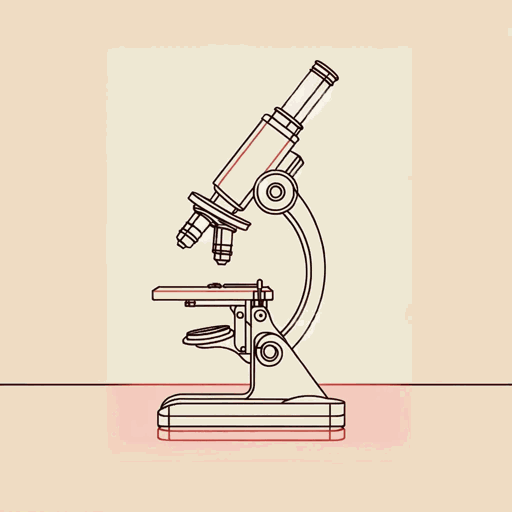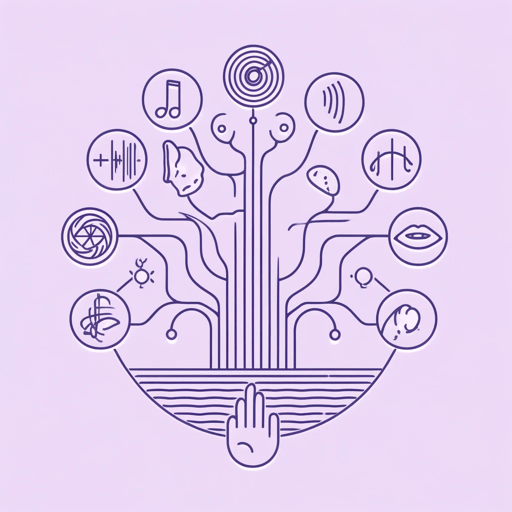48 pages • 1 hour read
Ed YongI Contain Multitudes
Nonfiction | Book | Adult | Published in 2016A modern alternative to SparkNotes and CliffsNotes, SuperSummary offers high-quality Study Guides with detailed chapter summaries and analysis of major themes, characters, and more.
Summary and Study Guide
Overview
I Contain Multitudes: The Microbes Within Us and a Grander View of Life is an in-depth introduction to the microbiome and how it interacts with humans and other species. Author Ed Yong is a science writer for The Atlantic. His writing has also appeared in many other publications, such as The New Yorker, Wired, The New York Times, and Nature. The book’s original hardcover edition was published in 2016; this guide is based on the 2018 paperback edition.
Yong delves into the current understanding of how microbes interact with their hosts, summarizing key scientific papers and studies to create a picture of interconnectedness and interdependency. He begins with an overview of the history of microbiology, beginning in the late 1600s, when Anton van Leeuwenhoek, a Dutch lens maker, discovered that microbes—what he called animalcules—were ubiquitous. His extraordinary discoveries, however, were difficult to replicate, as no one else could see the animalcules as clearly as he did.
Two hundred years later, during the second half of the nineteenth century, the focus of research shifted to the ability of microbes to cause diseases. “Germ theory” became the primary lens through which microbes were viewed, and the role of microbes as primarily disease-causing, says Yong, is still the way most of us think about bacteria. In 1888, Martinus Beijerinck found bacteria that could turn nitrogen from the air into ammonia that plants could use, and his discoveries led to a new era in which people talked about “good germs” that had use in our lives. Microbiologists had discovered the world of symbiosis, a form of coexistence between organisms.
Human cells and microbial cells are interdependent because they have evolved together, says Yong. We provide their homes, and they provide labor. Throughout the book, Yong provides examples of interactions between microbes and their hosts that reveal the balancing act of symbiosis and shed light on the ways in which bacteria have directed our evolutionary path.
In the last chapters of the book, Yong turns to current medical practices that utilize bacteria. He discusses research into probiotics, which has thus far been inconclusive, and highlights the practice of fecal transplants, a probiotic treatment that he shown success. For probiotics to become more mainstream, Yong notes, and for them to benefit humans, we must understand how bacteria impact our health in the first place. In the future, Yong predicts that the use of microbes will appear not only in medicine, but in the design of our buildings and homes. The microbe medicine landscape will likely develop rapidly as we continue to uncover the secrets of our microbial partners.
Related Titles
By Ed Yong


